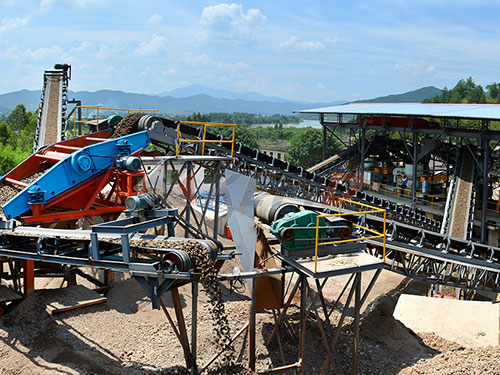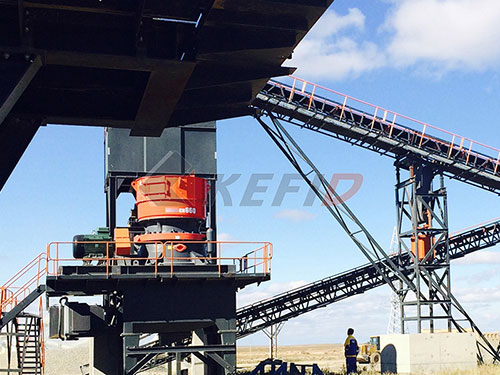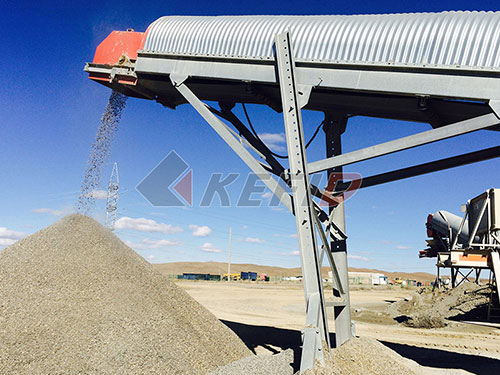
The Persistent Pulse of Progress: Unpacking the Rock Crusher on Onondaga Blvd
The low, resonant growl is as much a part of the soundscape as the distant hum of highway traffic or the occasional siren wail. It emanates from a sprawling industrial site nestled along Onondaga Boulevard – home to one of the region’s vital yet often overlooked engines of development: the rock crusher plant at [Insert Specific Company Name/Location if known; otherwise describe generally]. More than just noisy machinery processing inert stone, this operation represents a critical nexus point where geology meets infrastructure ambition, fueling construction projects that shape our cities and towns while simultaneously navigating complex relationships with its surrounding community.
The Engine Room of Construction

At its core, a rock crusher plant is an industrial alchemist’s workshop dedicated to transforming raw geological bounty into usable building blocks – literally and figuratively. Massive dump trucks deliver boulders blasted from quarries miles away onto its yard – jagged chunks of granite, limestone, or basalt bearing witness to millennia of geological pressure.
Inside the heart of the operation lies the crusher itself – often a multi-stage behemoth employing different crushing principles:
1. Primary Crushing: Jaw crushers or gyratory crushers act like powerful mechanical jaws or cones exerting immense pressure to break down massive boulders into fist-sized pieces.
2. Secondary Crushing: Cone crushers or impactors take over further reducing these chunks into smaller gravels.
3. Tertiary Crushing & Screening: Fine-tuning occurs here with specialized cone crushers or vertical shaft impactors creating precisely sized aggregates (like sand). Vibrating screens meticulously sort these materials by size – coarse gravels for road bases and drainage layers; finer aggregates for concrete mixes and asphalt production; crushed stone dust for compaction and filler applications.
This process isn’t merely mechanical reduction; it’s about creating specific gradations essential for engineering performance in roads, bridges foundations (footings), concrete structures requiring specific strength characteristics determined by aggregate size/shape/distribution patterns within cement paste matrixes influencing compressive/tensile strengths significantly impacting structural integrity over decades-long lifespans expected from modern infrastructure projects demanding rigorous material specifications compliance standards ensuring public safety resilience against environmental stressors including freeze-thaw cycles seismic activity heavy vehicular loads necessitating consistent quality control throughout crushing screening stages monitored constantly by plant operators technicians utilizing sophisticated instrumentation sampling protocols maintaining batch consistency crucial project success avoiding costly delays remediation work later stages construction potentially compromising timelines budgets significantly impacting overall

Leave a Reply